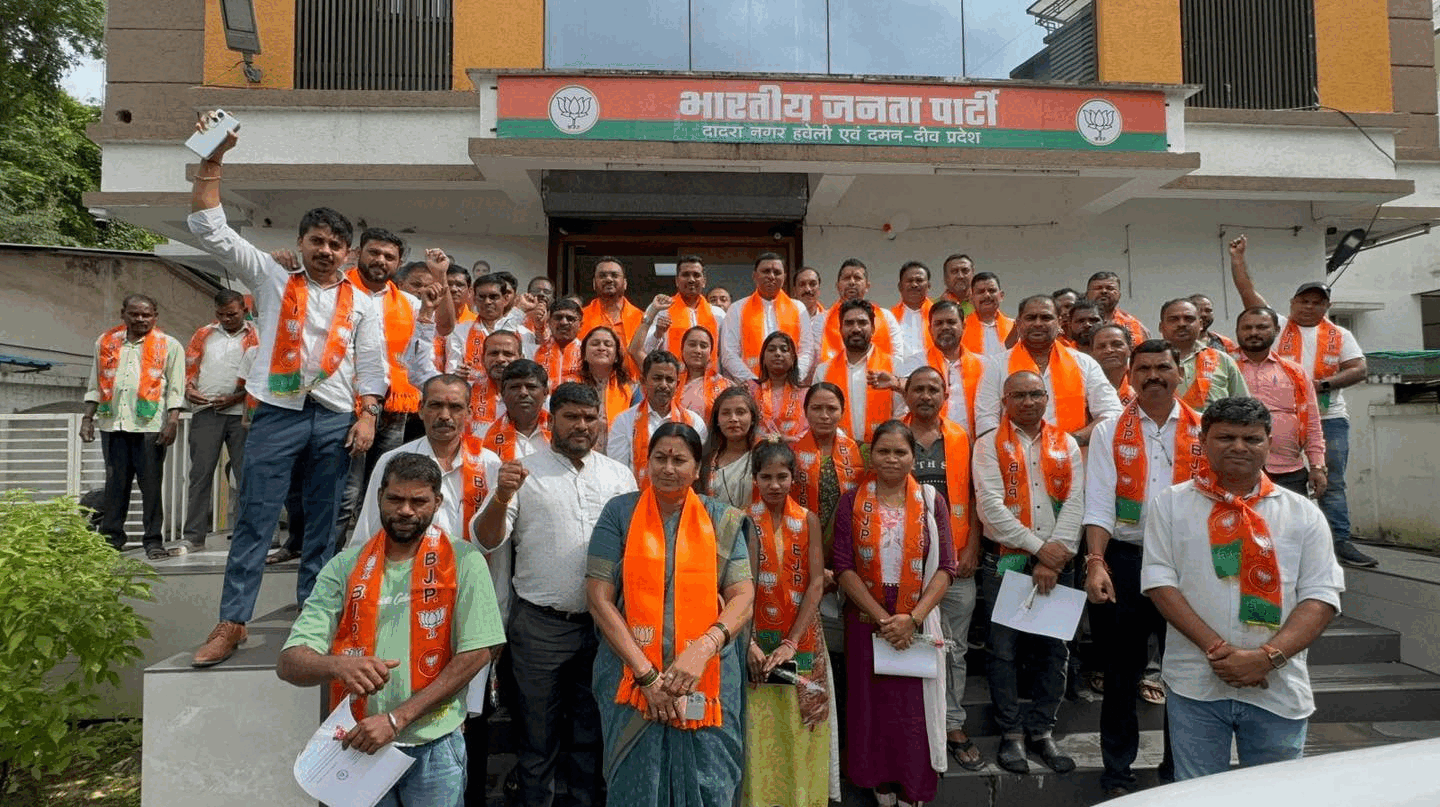Inside Operation Sindoor: Indian Infantry’s Firepower That Shook Enemy Posts
In Operation Sindoor, Indian infantry used a range of weapons—from MMGs to ATGMs and mortars—to dominate Pakistani posts along the Line of Control. Here's a detailed account of the infantry’s lethal arsenal and battlefield effectiveness.
Operation Sindoor marked a defining moment in modern infantry warfare along the Line of Control. As Pakistan violated the ceasefire and opened fire, the Indian Army's frontline infantry units responded with intense, coordinated strikes using machine guns, mortars, ATGMs, and heavy-calibre firepower. This article highlights the key weapons used by Indian troops and includes firsthand accounts from soldiers involved in the operation.
India’s Infantry at the Frontlines of Operation Sindoor
As tensions flared along the Line of Control (LoC), the Indian Army responded with precision and intensity in Operation Sindoor. While tanks, BMPs, and artillery played their part, it was the infantry’s firepower that neutralized enemy bunkers and instilled fear in Pakistani positions.
Medium Machine Guns (MMG): Precision Under Pressure
The Indian version of the MAG Medium Machine Gun, originally developed by Belgium’s FN Herstal, played a crucial role in suppressing enemy fire. A company-level weapon known for its automatic fire capability and high accuracy, the MMG was used to directly target Pakistani loop-holes in bunkers with surgical precision.
“The MMG is thought of as one of the most accurate general-purpose machine guns. We neutralized enemy positions with direct hits into loop-holes from 500–700 meters away,” said a detachment commander.
Heavy Machine Guns (HMG): Power from the Past, Effective in the Present
The NSPT gun, of Russian origin, was another weapon of choice. A veteran of past conflicts like the 1971 war and the Kargil conflict of 1999, it was deployed again during Operation Sindoor with devastating impact.
“With the HMG, I kept enemy posts completely pinned down. They had no room to fire back effectively,” shared an HMG operator at a forward post.
Anti-Tank Guided Missiles (ATGM): Precision Explosives
In a significant show of strength, infantry units also deployed ATGMs to destroy enemy bunkers, including ammunition depots. Capable of striking targets up to 4 kilometers away with 95% accuracy, these missiles inflicted heavy casualties on the Pakistani side.
“During the operation, we took out at least two enemy bunkers, one of which stored ammunition. The explosion confirmed direct impact,” said a platoon commander.
81mm Mortars: The Backbone of Infantry Fire Support
A six-tube mortar unit launched over 500 rounds during a single counter-attack. Mortar fire was used to blanket Pakistani posts, forcing the enemy to retreat from their forward camps.
“On 10th May, when enemy fire rained on our positions, we retaliated with high-volume mortar fire. We could see enemy troops abandoning their posts,” said a mortar platoon commander.
From spot correction using 10x optical zoom to rapid deployment from alternative firing positions, these mortar teams showcased extraordinary coordination under pressure.
-
Operation Sindoor showcased the modern infantry’s firepower across terrain and conditions.
-
Coordination between small troop detachments and command allowed for rapid offensive positioning.
-
Weapon systems like the MMG and ATGM demonstrated India's capability to conduct pinpoint strikes with deadly accuracy.
What's Your Reaction?







































































